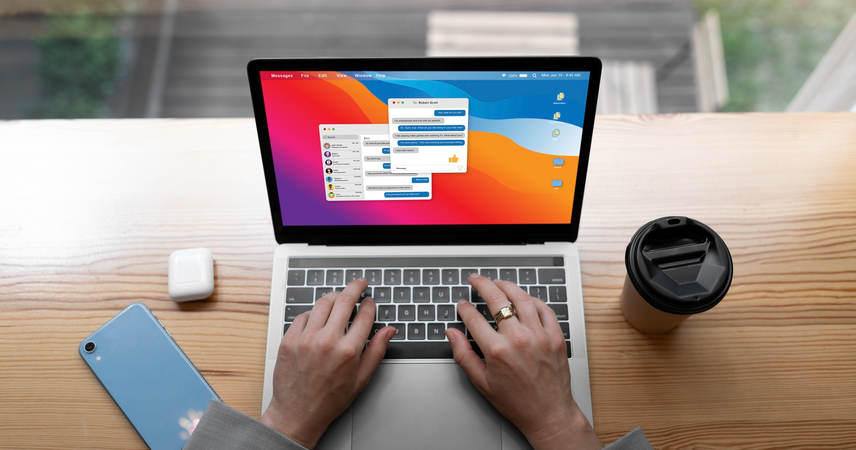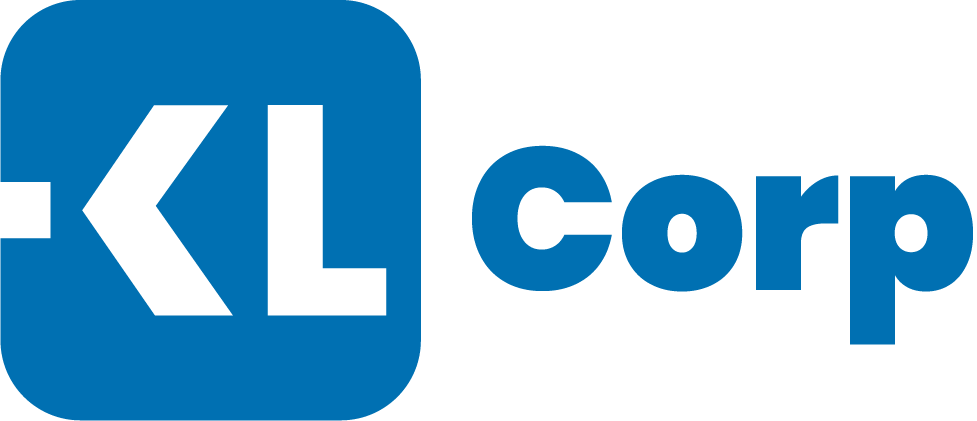Follow on:
Desktop Application

What is Desktop Application?
A desktop application is a type of software designed to run on a user's desktop or laptop computer. Unlike web applications that require a browser to function, desktop applications are installed directly onto the user's computer and typically have access to the local resources and hardware.
These applications can perform a wide range of functions, from productivity tools like word processors, spreadsheets, and email clients to creative software such as graphic design tools, video editors, and gaming applications. They can be developed for specific operating systems like Windows, macOS, or Linux and can often offer more robust features and better performance compared to web-based applications, especially when it comes to tasks that require significant computing power or offline functionality.
Benefits of Desktop Application
Performance
They often run faster and more efficiently since they are installed directly on the user's computer and can leverage the machine's resources without being limited by internet speed or browser capabilities.
Offline Access
Unlike web applications that require an internet connection, desktop apps can often work offline, allowing users to access and use them even without internet connectivity.
Rich Features
Desktop applications can offer more sophisticated features and functionalities due to their direct access to the computer's hardware and operating system. This can lead to better user experiences and more robust applications.
Customization
They can be customized to suit specific user needs and preferences more effectively, providing a tailored experience.
No Browser Dependencies
Desktop applications don't rely on specific browsers or their versions, eliminating compatibility issues that can arise from browser updates or differences.
Desktop Application Flow
Analysis
The first stage is to understand the needs and objectives of the web application to be developed. The development team should communicate with the client or stakeholders to identify the functional and nonfunctional requirements of the application. This helps to formulate the scope of the project, establish the required features and functionalities, and avoid in-depth changes midway through the development path.
Planning
After analyzing the needs, the next step is to plan the web application development. This includes determining the technology to be used, system architecture, project schedule, resource allocation, and identification of potential risks. Careful planning helps manage the project efficiently and effectively.
Design
Design: At this stage, the development team will design the user interface and organize the overall architecture of the app. This involves creating wireframes and mockups to depict the visual appearance of the app as well as designing the database structure and navigation flow of the app.
Development
Once the design is confirmed, the development team starts translating the design into code. They build the features and functions of the app using pre-selected programming languages and technologies. This development includes work on both the front-end (display and user interaction) and back-end (application logic and database) sides.
Testing
The testing stage is a critical step to ensure that the application functions correctly, securely, and according to the requirements. The QA (Quality Assurance) team will conduct various tests, such as functional testing, integration testing, performance testing, and security testing to identify and fix bugs and other issues.
Deployment
Once the app has passed the testing phase successfully, it is ready to be launched and accessed by users. The development team will upload the app to the right server and configure the hosting environment to ensure the app runs properly.
Maintenance
After launch, web applications require regular maintenance and updates to ensure their performance remains optimal. The development team will constantly monitor the app's performance, fix bugs, and respond to feedback from users. In addition, enhancements and feature additions may also be made to improve functionality and user experience.
